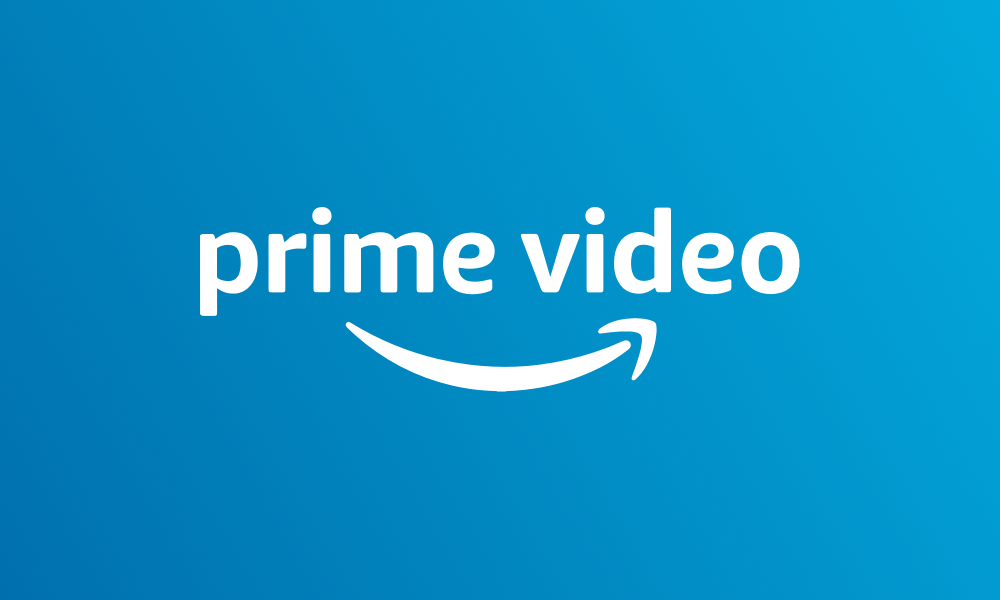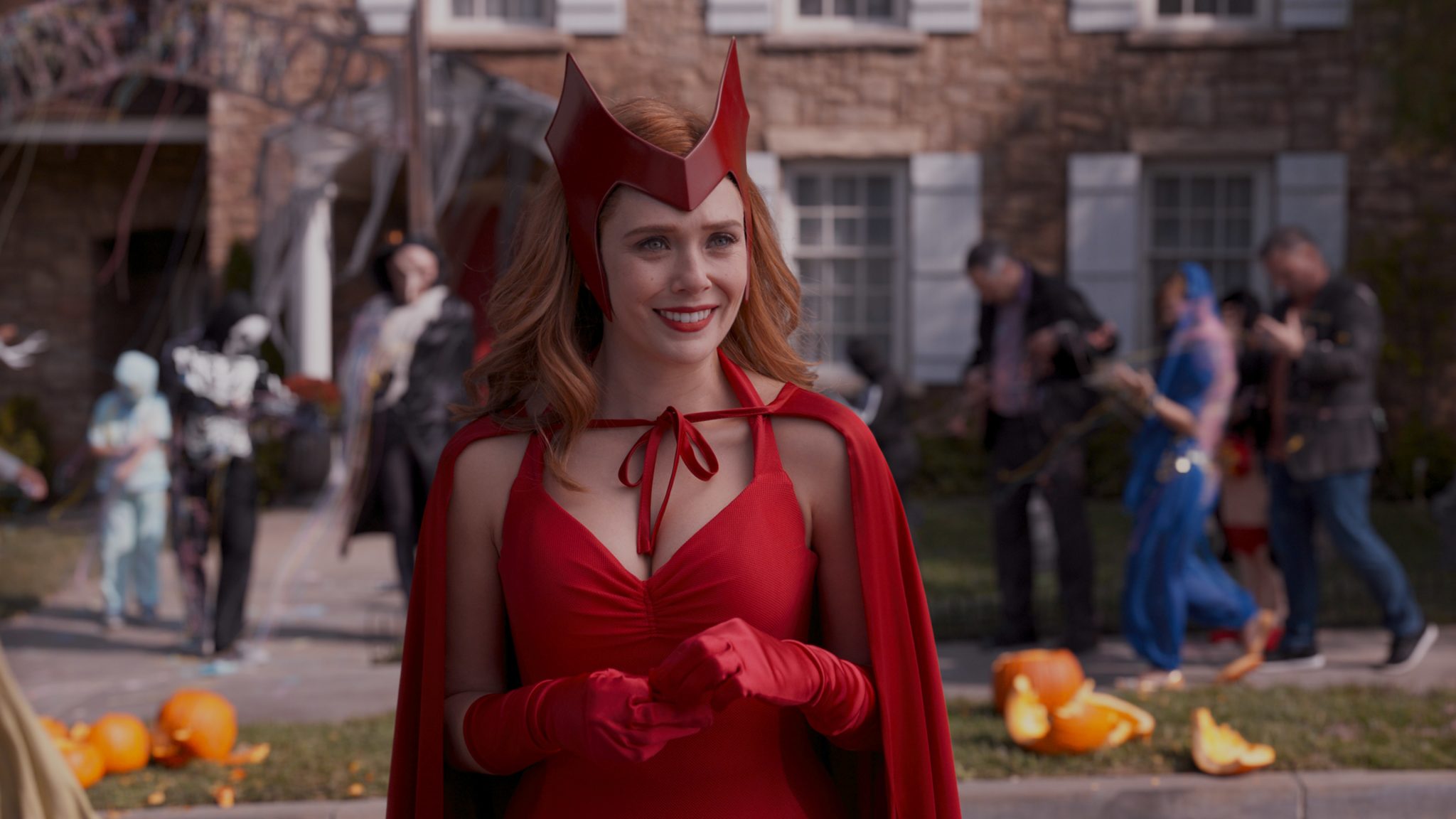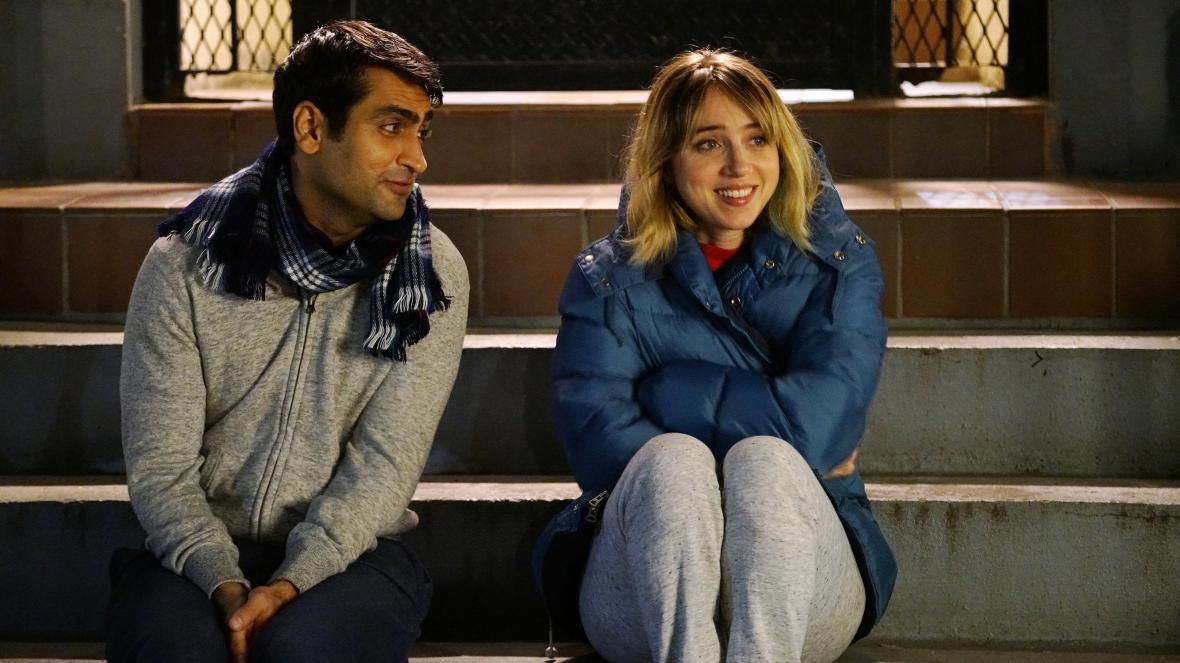
After more than 40 years of operation, DTVE is closing its doors and our website will no longer be updated daily. Thank you for all of your support.
Amazon’s MGM deal shows that owning content is key to streaming success

Amazon has announced a blockbuster deal to buy one of the genuine titans of Hollywood MGM.
Despite being one of the oldest film studios in the world, the 97-year old company’s financial difficulties have been well documented. The firm filed for bankruptcy in 2009 with US$3.7 billion of debt, and though it bounced back from that in 2011 reports of a potential sale would not go away. The company held preliminary talks with both Apple and Netflix in 2018, but a deal could not be reached.
Now, after restarting the search for a buyer MGM has agreed a US$8.45 billion deal with Amazon in a deal which should have a seismic effect on the streaming landscape.
While Amazon has said that it will “reimagine and develop” IP from MGM’s library of shows and movies the wider context of the deal will be felt across the industry for years to come.
Content hoarding
As consumers continue to cut the cord globally, major studios and distributors have increasingly wrestled back their rights to launch their own offers.
A decade ago, companies like Viacom, Disney and Time Warner were happy to licence their streaming rights to a DVD rental company based in Los Gatos. They were still making most of their money by licensing their rights to traditional broadcasters, and while physical media was tailing off, consumers were still buying DVDs and blu-rays.
In 2021 however, the scenario is entirely different and that unassuming DVD rental company is now the biggest streaming company in the world with more than 200 million subscribers globally and revenues of over US$7 billion.
As has been shown over the past couple of years, the big boys of Hollywood are playing catch up. Disney, with its intimidatingly large library of instantly recognisable IP, has emerged as arguably the second biggest streaming company in the world behind Netflix with its 104 million Disney+ subscribers. This is complemented by US-only streamers Hulu and ESPN+ which have 42 million and 14 million respectively.

A relative newcomer to streaming, Disney+ has amassed more than 100 million subscribers in 18 months thanks to its instantly recognisable content like The Mandalorian and WandaVision (pictured)
Other major media companies have seen varying degrees of success with the streaming services launched off the back of their first-party content catalogues. NBCUniversal, which has effectively branded its service Peacock as ‘the comfort TV one’ with titles like The Office, Parks and Recreation and Cheers has amassed 42 million users in the US, but it is coy on how many are actually paying for the privilege.
The bigger-budget HBO Max from WarnerMedia has arguably fared worse, with fewer than 10 million paying subscribers. This is a service almost entirely based around Warner’s owned content ranging from the 2021 slate of Warner Bros. cinematic releases like Godzilla vs Kong and The Matrix 4, along with the storied linear channel with which the streamer shares its namesake. Warner is all in on streaming however, and parent company AT&T last week announced an industry-shaking deal to spin-off its entertainment assets with Discovery under the latter’s CEO David Zaslav.
The main focus of the deal’s announcement has not been combining technologies or even a subscriber base, but rather “one of the deepest libraries in the world with nearly 200,000 hours of programming.”
The industry-leading Netflix meanwhile is continuing to grow and expand not by being the one-stop-shop for shows like Friends and The Office as it once was, but rather by spending hundreds of millions of dollars on producing its own content. It has not gone down the path of acquiring studios, unlike Amazon is doing with MGM.
Ultimately, it is evident that streamers cannot build a compelling offer off the back of licensed content, and must own their own shows and movies in order to be competitive in the modern landscape.
Amazon’s modus operandi
Amazon either crushes or buys its competition. This has been its strategy for over 20 years.
After launching as a bookseller in 1994, the company’s aggressive strategy of undercutting competition saw it buy Bookpages and Telebook in 1998 and this is an approach it has maintained across consumer and enterprise spaces. When looking to expand into a market, Amazon has historically bought leaders in their respective spaces.
When it wanted to get into audio books, Amazon spent US$300 million on Audible in 2008. And when it wanted to expand into TV, Amazon acquired UK DVD rental business LoveFilm for US$312 million in 2011. The latter would go on to be reshaped and rebranded into what we know as Prime Video today.
That is not to say that Amazon can’t build from the ground up. It has spent millions on its own content to mixed results. (Though it is somewhat appropriate that Prime Video’s first marquee series was The Grand Tour – a production which effectively bought out the contracts of James May and Richard Hammond after their Top Gear co-host Jeremy Clarkson was sacked by the BBC for punching a producer on set.) The streamer has had some bonafide hits in The Boys and The Marvelous Mrs. Maisel, but most of its own shows and movies have been hit-and-miss with how they have resonated with audiences. The company will hope that its TV version of Lord of the Rings – which will be the most expensive season of television ever with a budget of US$465 million – is money well spent.
When it comes to visual entertainment, Amazon has arguably seen greater success with its cinematic endeavours. 2020’s Sound of Metal was nominated for a number of Academy Awards, while the Kumail Nanjiani romantic comedy vehicle The Big Sick was celebrated both critically and commercially when it was released in 2017.
Amazon’s US$8.45 billion investment in the James Bond studio however is indicative of the industry-wide approach for major streamers to own the most-watched content on their platforms. The company knows that while it can sign output deals with studios, in order to be competitive it must own content on an exclusive basis.
This latest deal will expand the amount of content owned by Amazon by more than 17,000 hours of TV and more than 4,000 films.
Part of this motivation is, according to streaming aggregation service JustWatch, is a decreasing market share. The company noted that Amazon’s streaming market share in the US decreased by 2% in 2020 while Disney grew by a larger margin. It posits that the MGM acquisition could help it stave off this burgeoning competition.
Comparing Amazon Prime subscribers with Disney+ and Netflix is something of a fool’s errand. Amazon Prime is, fundamentally, a value add to make the Prime subscription stickier. Prime was initially created solely for expedited shipping for Amazon’s retail business, but has since expanded to everything from video to cloud storage. It is vague as to how many of Amazon’s 200 million Prime subscribers globally actually make use of Prime Video. Announcing its 200 million milestone in a shareholder’s letter in April, CEO Jeff Bezos did not even mention Prime Video – making the division seem like something of an afterthought.
However, a company like Amazon does not spend more than US$8 billion on a division that it views as an afterthought. If the MGM acquisition proves anything, it is that Amazon is serious about being a major player in the streaming entertainment world even as the more traditional players continue to expand into OTT.



